What does Joshua 14:13 mean?
"And Joshua blessed him, and gave unto Caleb the son of Jephunneh Hebron for an inheritance." - Joshua 14:13

Joshua 14:13 - "And Joshua blessed him, and gave unto Caleb the son of Jephunneh Hebron for an inheritance."
Depict an idyllic biblical scene inspired by Joshua 14:13 - 'And Joshua blessed him, and gave unto Caleb the son of Jephunneh Hebron for an inheritance.' The scene shows Joshua, a Middle Eastern man in traditional clothing, blessing Caleb, another Middle Eastern man with sincere gratitude. They are surrounded by an environment suggesting the landscape of Hebron. The color palette is vibrant and the artistic style is influenced by the era before 1912, reminiscent of traditional Byzantine art, using digital medium revealing bright golds, deep blues, and impactful reds.
Joshua 14:13 (KJV) says, "And Joshua blessed him, and gave unto Caleb the son of Jephunneh Hebron for an inheritance."
This verse comes from the book of Joshua in the Old Testament. It marks the fulfillment of a promise made by Moses to Caleb regarding the land of Hebron. It is a significant moment in the conquest of Canaan by the Israelites, as it represents the fulfillment of God's promises to His people.
To fully understand the significance of this verse, it is important to provide some context. Caleb was one of the twelve spies sent by Moses to explore the land of Canaan. Upon their return, ten of the spies gave a negative report, causing fear and doubt among the Israelites. However, Caleb and Joshua were the only ones who spoke in favor of entering the land, confident in God's promise and power. As a result of his faith and loyalty, God made a special promise to Caleb, saying, "But my servant Caleb, because he had another spirit with him, and hath followed me fully, him will I bring into the land whereinto he went; and his seed shall possess it" (Numbers 14:24 KJV).
This promise is fulfilled in Joshua 14:13, as Joshua blesses Caleb and gives him Hebron as his inheritance. This is more than just receiving a piece of land; it is a symbolic representation of God's faithfulness and the fulfillment of His promises to those who remain faithful and obedient to Him.
The themes present in this verse are faithfulness, obedience, and God's faithfulness in fulfilling His promises. Caleb's unwavering faith in God and his commitment to following Him wholeheartedly are highlighted in this verse. Despite the fears and doubts of the other spies and the Israelites, Caleb remained faithful to God's promise and ultimately received the inheritance that was promised to him. This serves as a powerful example of the rewards of faithfulness and obedience to God.
Another important theme is the faithfulness of God in fulfilling His promises. Throughout the Bible, we see God making and fulfilling promises to His people. In this verse, we see the fulfillment of God's promise to Caleb, demonstrating His faithfulness and commitment to His people. This serves as a reminder that God is faithful to His word and will fulfill His promises in His perfect timing.
The symbolism in this verse is powerful and significant. Hebron, the inheritance given to Caleb, holds symbolic value. It was a city in the hill country of Judah, known for its high vantage point and its association with Abraham, who had purchased a burial site there. Hebron represents a place of honor, significance, and inheritance. By receiving Hebron as his inheritance, Caleb is being granted a place of honor and a stake in the promised land.
In conclusion, Joshua 14:13 holds deep meaning and significance in the biblical narrative. It serves as a reminder of God's faithfulness in fulfilling His promises and the rewards of faithfulness and obedience to Him. The verse also holds powerful symbolism, as Hebron represents a place of honor and significance. Overall, this verse is a testament to the faithfulness of God and the rewards of unwavering faith and obedience.
Joshua 14:13 Artwork

Joshua 14:13 - "And Joshua blessed him, and gave unto Caleb the son of Jephunneh Hebron for an inheritance."

Joshua 13:18 - "And Jahazah, and Kedemoth, and Mephaath,"

Joshua 13:14 - "Only unto the tribe of Levi he gave none inheritance; the sacrifices of the LORD God of Israel made by fire are their inheritance, as he said unto them."

Joshua 21:14 - "And Jattir with her suburbs, and Eshtemoa with her suburbs,"

Exodus 14:13
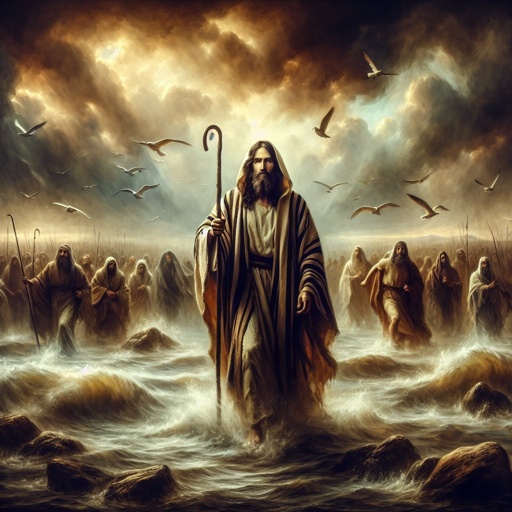
Exodus 14:13

Exodus 14:13

Exodus 14:13

Exodus 14:13

Exodus 14:13

Exodus 14:13
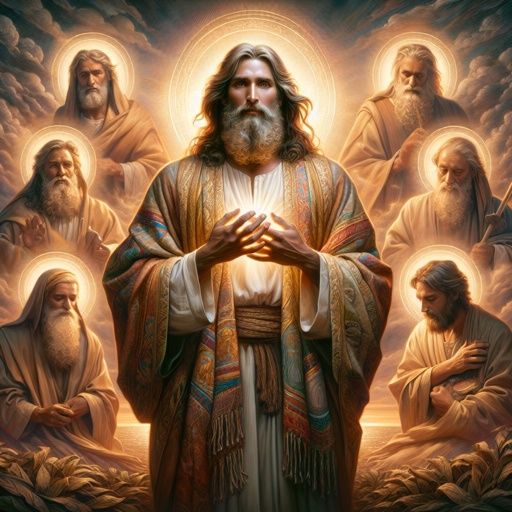
Exodus 14:13

Exodus 14:13

Exodus 14:13

Exodus 14:13
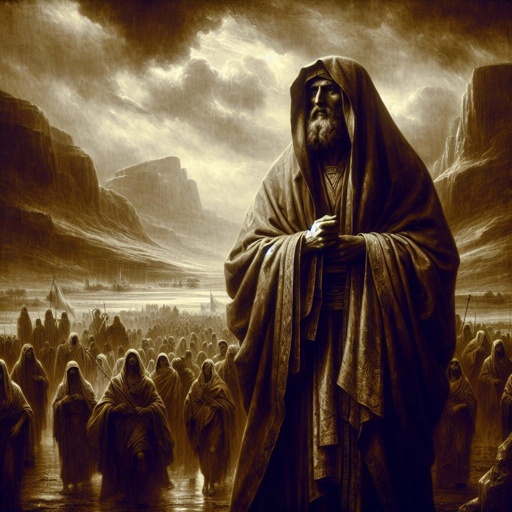
Exodus 14:13

Exodus 14:13

Exodus 14:13

Exodus 14:13

Exodus 14:13
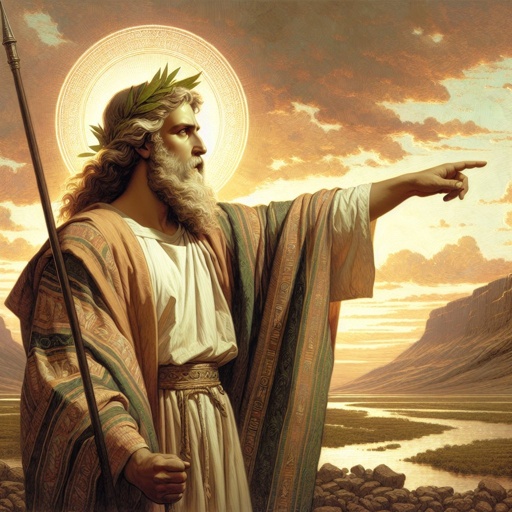
Exodus 14:13

Exodus 14:13

Joshua 13:19 - "And Kirjathaim, and Sibmah, and Zareth-shahar in the mount of the valley,"

Joshua 12:13 - "The king of Debir, one; the king of Geder, one;"

Joshua 11:13 - "But as for the cities that stood still in their strength, Israel burned none of them, save Hazor only; that did Joshua burn."

Joshua 13:20 - "And Beth-peor, and Ashdoth-pisgah, and Beth-jeshimoth,"

Exodus 17:13 - "And Joshua discomfited Amalek and his people with the edge of the sword."

Joshua 12:14 - "The king of Hormah, one; the king of Arad, one;"
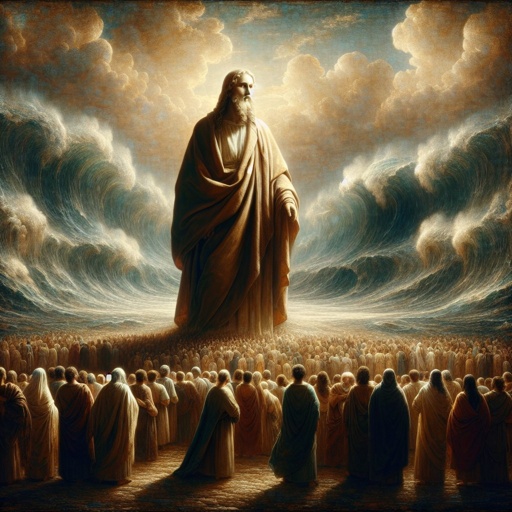
Exodus 14:13

Exodus 14:13